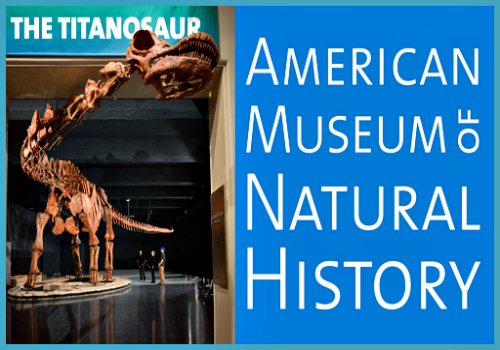About – The Mission
Yeah, I am showcasing his projects. Hence this blog is dedicated to Ben Whishaw.
In a few words “He’s Bloody Brilliant”
Dear readers, no scorn please ..I truly believe people need art in their lives.
And “Ben’s Notebook” will give me many opportunities to share art with all of you.
You should also know I think creating art is a primal behavior.
Just like LOVE, hasn’t ART been around for a billion years?
Therefore, I agree with others who say, art is part of who we are.
It is a shared experience that can provide a historical record similar to photo albums and travel videos.
That’s why we all have so much fun going to the theater and watching a film together.
Join me and appreciate art, and reach out to different cultures across the world. We need more artists.
Art helps us understand our world…
Love Shelley
P.S.
The American Museum of Natural History has a (New) permanent (must see) exhibition. That’s right. (Move Over T. Rex) In Argentina, a rancher discovered a massive, 122-foot-long dinosaur. Take a look.
From AMNH => Measuring 122 feet, the Museum’s new exhibit, The Titanosaur, is big–so big that its head extends outside of the Museum’s fourth-floor gallery where it is now on permanent display.
This species of dinosaur, a giant herbivore that belongs to a group known as titanosaurs, is so new that it has not yet been formally named by the paleontologists who discovered it. The Titanosaur lived in the forests of today’s Patagonia about 100 to 95 million years ago, during the Late Cretaceous period, and weighed 70 tons. It is one of the largest dinosaurs ever discovered.
The fossils on which this cast is based were excavated in the Patagonian desert region of Argentina by a team from the Museo Paleontologico Egidio Feruglio led by José Luis Carballido and Diego Pol, who received his Ph.D. at the American Museum of Natural History.
In this video, Dr. Mark Norell, chair and Macaulay Curator in the Division of Paleontology, describes how such a massive animal could have supported its own weight and why the Titanosaur is one of the more spectacular finds during what he describes as “the golden age of paleontology.”
Learn more about the Titanosaur
Learn more about the Butterflies
When you check out the Titanosaur Exhibition, don’t fly away, the museum has a Butterfly Exhibition you should see. It has been reported that butterflies have inhabited our planet for at least 130 million years.






